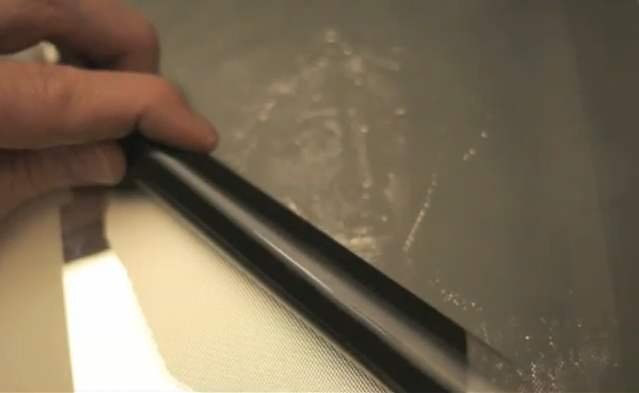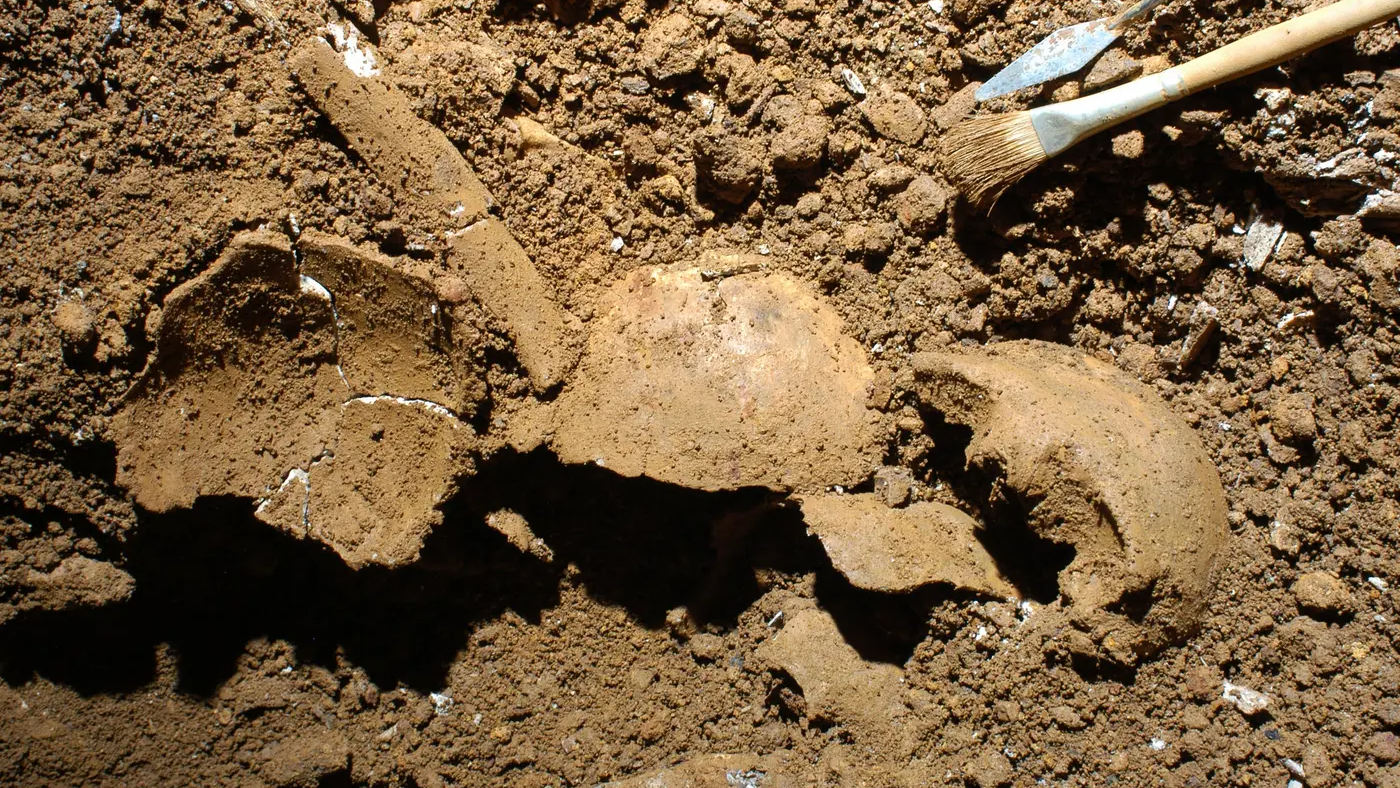Outside Light Changes Shadows Inside Photos

An emerging technology prints photos that cast realistic shadows based on the light that viewers shine onto the photos. It's as if the light in the real world had entered the world of the photo and affected the shading and shadows of the images.
"The way the light reflects is the way the actual surface will reflect," explained University of California, Santa Cruz computer scientist James Davis, one of the researchers who worked on the technology, which involves a new type of printing paper.
So far, their prototypes work only in black and white, and they look grainy because their pixels are 1 millimeter wide.
In a new paper, Davis and his colleagues, including researchers at Hewlett-Packard and 3M, describe how the technology should work theoretically. Shadowed printed photos are just getting their start in research, but Davis said he can imagine a future in which people come to expect realistic shadows in their photos, much the way people now expect TV images to come in color instead of black-and-white. [New Software Lets Users Insert Virtual 3-D Objects Into Photos]
"People always want more realism," Davis said. "Why do manufacturers think that people want 3D TVs?"
Current photos don't reflect light realistically because the surface of paper is flat. To get a photo to reflect light as if it were 3D, Davis and his colleagues had to make a 3D surface that was still flat enough to go in a regular printer. So they created paper covered in tiny depressions, like the dimples in a golf ball. The dimples are painted with a reflective metal material. "It looks like a piece of aluminum, but not quite, in the way it behaves because it's not actually flat," Davis told InnovationNewsDaily.
Each dimple is a pixel in a photo. For every pixel in the photos the researchers prototyped, they gathered data on how that pixel should reflect light shining on it from dozens of angles. Then the researchers altered each pixel accordingly using a translucent sheet printed with dark ink that blocks light, laid on top of the dimples.
Get the world’s most fascinating discoveries delivered straight to your inbox.
Other researchers have used tiny concave lenses to enhance photos. Davis compared the math that goes into the new technology with the math that goes into the Lytro camera, which uses many tiny lenses to create photos that users can focus after they've snapped their pictures.
This is the first time anyone has thought of making dimpled paper, Davis said.
He and his students are now working on adding color to the dimples. Their theoretical work shows that adding color to the black-printed translucent sheet won't work perfectly, but they'll try anyway. They'll need to balance convincing-looking results with ease of manufacture.
An obvious improvement would come from making the dimples — and therefore the pixels — smaller. Manufacturing smaller dimples isn't an area of expertise in Davis' lab, however, so he may need other researchers to pick up the baton.
Davis is confident someone will. "I'm 100 percent certain that within two to three years, we'll see another paper making this one step better," he said.
Davis and his colleagues plan to present their work Aug. 6 at SIGGRAPH, a computer graphics conference in Los Angeles hosted by the Association for Computing Machinery.
This story was provided by InnovationNewsDaily, a sister site to Live Science. Follow InnovationNewsDaily on Twitter @News_Innovation, or on Facebook.



